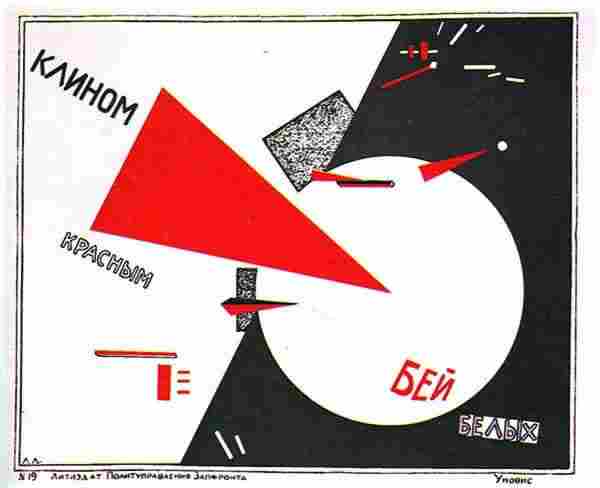Charlestons and Communists (1915-1925)
Summary:
In this week’s lecture, we learned about the first World War, Dadaism, and the Russian Revolutions and constructivism. World War 1 was the main subject in advertising and poster design. Much propaganda focussed on recruiting able-bodied men to the war, women to join the workforce and factories to make supplies for war, and people to invest their money in war bonds so that governments could fund for the war. In the US and UK, their poster designs were mostly the traditional pictorial approach while in other areas, such as Germany, their posters were still following neo-classical designs with heavy gothic type.
Art movements were also prominent at this time. Dadaism artists mocked a society that had gone insane and their art was a reaction to the senseless suffering and loss of life they saw during the war. Surrealism emerged from Paris and its artists searched for the “more real than real-world beyond the real”. The Dutch De Stijl movement was a complete opposition to Dadaism and was an abstract geometric style seeking balance and harmony during the war. In Russia, the Suprematist movement focussed on the idea that geometry was the highest form of beauty. Constructivism derived from the Suprematist movement and featured basic, abstract geometric forms and the use of red, black, and white.
Life in the 1920’s was a difficult time. Many families were hurt by the emotional and physical trauma soldiers suffered when they came home. From 1920-1933, Canada and the US’ alcohol Prohibition was in effect. In 1920, Canada began forcing indigenous children to attend residential schools. However, not all was negative. This was also the time of the “Golden Age of Radio”, the age of jazz, and many famous figures such as Coco Chanel and Josephine Baker.

